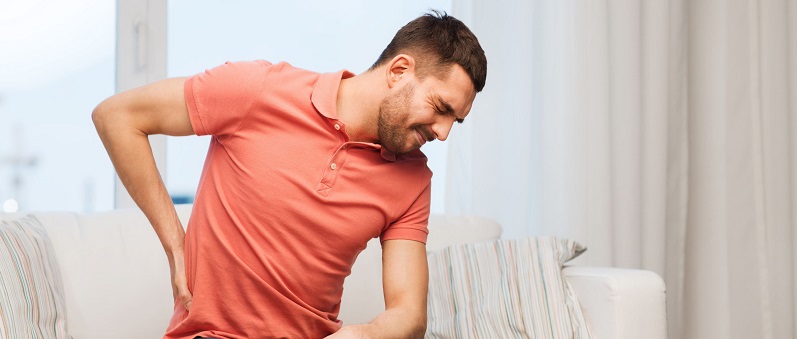Understanding Levoscoliosis and Dextroscoliosis
Category: Scoliosis | Author: Stefano Sinicropi

Medical estimates suggest that between 2-3 percent of people deal with one type of scoliosis at some point in their life. However, there are a number of different types of scoliosis that someone can develop, and they each have their own treatment and care plans. Below, we take a look at two different types of scoliosis, and we share some treatment options.
Levoscoliosis and Dextroscoliosis Pathology
While both of these conditions may sound complex, they actually have a simple explanation of the type of scoliosis they describe. Levoscoliosis describes scoliosis that involves a curve to the left, while dextroscoliosis describes scoliosis that involves a curve to the right. Dextroscoliosis is considered more common of the two conditions, as about 85 to 90 percent of children diagnosed with scoliosis have a right-curving spine.
Both conditions can be caused by a number of controllable and uncontrollable factors, including:
- Genetics
- Spinal degeneration or wear and tear
- Spinal tumors
- Neuromuscular disorders
- Connective tissue disorders
Both of these conditions can develop in any stage of life, and while the most common forms are congenital scoliosis and juvenile scoliosis (present and birth and from 3-9 years old), they can also develop during adolescence or adulthood.
Symptoms of levoscoliosis and dextroscoliosis include chronic back pain, anxiety, lung or breathing problems, rib deformities, numbness and reduced control of your bladder and bowels.
Treating Levoscoliosis and Dextroscoliosis
Treating both conditions depends on a number of different factors, most notably the patient’s age and the severity of the spinal curve. For mild to moderate forms of levoscoliosis or dextroscoliosis, common treatment options include stretching, exercise, physical therapy and soft or hard braces. These treatment options can help to prevent the curvature from continuing to get worse and may help ease symptoms, but they aren’t going to reverse the curvature. If you want to address your spinal curvature, the only solution is surgery.
Surgery is address scoliosis can be performed with a minimally invasive procedure, which is less taxing on the patient and leads to quicker recovery times. The most common surgical technique to address scoliosis is a spinal fusion operation. By fusing vertebrae together, the spine becomes stabilized and the vertebrae are unable to shift or slide out of position. You do lose some flexibility and mobility in the region, but many patients prefer the small loss of mobility for a decrease in curvature and painful symptoms.
For more information about scoliosis surgery, or about either levoscoliosis or dextroscoliosis, reach out to Dr. Sinicropi’s office today.